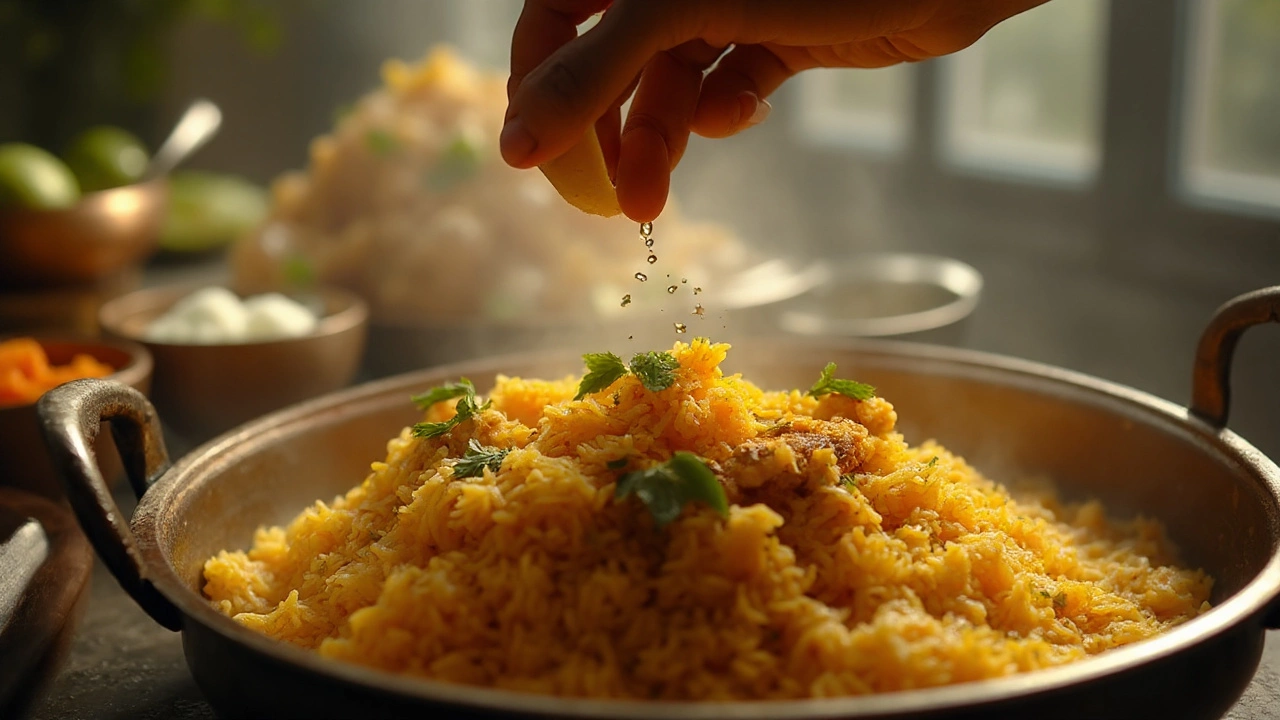Marinade Acidity: Why It Matters in Indian Cooking
When working with Marinade Acidity, the level of sour or tangy components in a marinating mix that helps break down proteins and boost flavor. Also known as acidic marination, it plays a crucial role in texture, taste, and shelf‑life of Indian dishes. In classics like Tandoori Chicken, a barbecued chicken dish bathed in a yogurt‑spice blend, the acid does the heavy lifting, turning tough fibers into juicy bites. Likewise, Yogurt, a dairy starter rich in lactic acid and Lemon Juice, a citrus source of citric acid are the go‑to acids for many Indian marinades. Understanding these relationships lets you fine‑tune your recipes for better results.
How Acid Influences Flavor and Texture
Marinade acidity marinade acidity influences meat tenderness by denaturing proteins – a scientific fact that chefs have used for centuries. The more acidic the mix, the quicker the breakdown, which is why a quick dip in lemon juice can soften shrimp in minutes, while a yogurt‑based bath takes a few hours for chicken. Acid also brightens spices; a pinch of vinegar can lift the earthy notes of cumin, making the overall flavor profile pop. When you add yogurt, its mild lactic acid not only tenderizes but also adds a subtle creaminess, balancing the heat from chilies. This dual action is why many South Indian fish curries rely on a thin yogurt coating before frying.
Choosing the right acid matters. Citrus (lemon or lime) delivers sharp, fresh notes that work wonders in salads, kebabs, and seafood dishes. Vinegar, especially apple cider or malt, brings a mellow tang ideal for long‑slow marinades like biryani chicken or paneer tikka. Yogurt provides a gentler, dairy‑rich acidity suited for tenderizing tougher cuts and keeping them moist. Each acid type brings its own pH level, affecting how quickly the protein breaks down and how flavors meld. By matching acid strength to cooking time, you avoid over‑tenderizing (a mushy texture) or under‑tenderizing (chewy results).
Beyond meat, acid plays a role in vegetarian staples. Marinating paneer cubes in a yogurt‑lemon mix before grilling adds a slight tang that cuts through the richness of the cheese. Even lentil salads benefit from a splash of vinegar, which balances earthy flavors and improves digestibility. In Indian condiments, the acidity of chutneys made with tamarind or raw mango showcases how sour elements can be the star, not just a supporting note. So whether you’re prepping a quick tandoori snack or planning a layered biryani, mastering acidity gives you control over texture, flavor depth, and even nutritional impact.
Now that you see how acids like yogurt, lemon juice, and vinegar shape dishes across the Indian culinary spectrum, you’ll notice the pattern: every recipe that calls for a “sour” element is leveraging the science of marinade acidity. Below you’ll find a hand‑picked selection of articles that dive deeper into specific applications, from tandoori chicken tricks to the chemistry behind lemon‑curdled milk. Use them as a toolbox to experiment, adjust, and perfect your own Indian‑style marinades.

Why Add Lemon to Biryani? Flavor, Tenderness, and Fluffy Rice Explained
Lemon in biryani isn’t a garnish. It brightens flavor, keeps rice fluffy, balances ghee, and fine-tunes marinades. Learn when, how much, and smart substitutes.